General Secretary To Lam and General Secretary and President of China Xi Jinping waved to children during the official welcoming ceremony at the Presidential Palace - Photo: NGUYEN KHANH
China has always considered Vietnam a priority direction in its neighboring foreign policy.
General Secretary and President Xi Jinping shared in an article published in Nhan Dan newspaper on April 14.
It can be said that Xi Jinping's visit to Vietnam is an affirmation of Beijing's high regard for Hanoi in China's neighboring and southward foreign policy.
Desire to get rich with neighbors
For Vietnam, Beijing's appreciation of the bilateral relationship was clearly demonstrated through the solemn welcome given to Xi Jinping when the Chinese leader arrived in Vietnam at noon on April 14. President Luong Cuong personally went to the airport to welcome Xi Jinping amid the sound of drums and dances by representatives of 54 ethnic groups in Vietnam. At the state-level welcome ceremony later, chaired by General Secretary To Lam, 21 cannon salutes were fired to celebrate.
During the subsequent talks at the Party Central Committee headquarters, General Secretary To Lam and General Secretary and President of China Xi Jinping had in-depth discussions on the situation of each Party and country, the relationship between the two Parties and countries, and regional and international issues of mutual concern.
General Secretary To Lam suggested that the two sides maintain regular strategic exchanges, strengthen cooperation between the two Parties and in key areas, often diplomacy, defense and security. At the same time, promote strategic transport infrastructure connectivity, offer the best incentives in preferential loans, technology transfer and human resource training, and make the greatest efforts in implementation to ensure the progress of the Lao Cai - Hanoi - Hai Phong railway project.
He also suggested that the two sides promote cooperation in digital transformation and science and technology to become a new "bright spot" in Vietnam-China relations, strengthen cooperation in key technology fields; promote more balanced trade, higher-quality investment, focus on implementing large and typical projects and works in Vietnam, and support Hanoi and major cities to solve air pollution problems.
Regarding people-to-people exchanges, he proposed promoting cooperation in the field of education, especially training high-quality human resources in all fields, including basic sciences and new strategic high-tech industries, and encouraging more and more tourists to travel to the other country.
Speaking at the talks, General Secretary and President of China Xi Jinping said that China recently held a central conference on neighborly affairs. The conference emphasized the vision of building "five big houses" (peace, security, prosperity, beauty, friendship) with neighbors according to the motto of harmony with neighbors, stability with neighbors, enrichment with neighbors, and friendliness, sincerity, mutual benefit, and inclusiveness. In that spirit, he affirmed that China persists in its policy of friendship with Vietnam, always considers Vietnam a priority direction in its neighborly diplomacy, and always supports Vietnam's prosperous development and people's happiness.
Appreciating and approving the proposals of General Secretary To Lam, General Secretary and President of China Xi Jinping suggested that the two sides persistently deepen strategic trust, deepen exchanges of experiences in national governance, and enrich socialist theory and practice. He welcomed more Vietnamese goods to be exported to the vast Chinese market and encouraged more Chinese enterprises to invest in Vietnam.
In addition, it is necessary to encourage enhanced cooperation in production and supply chains, expand cooperation in high-tech fields such as 5G, artificial intelligence (AI), Internet of Things, semiconductor chips, green development, and transform scientific and technological innovations into real productivity.
President Luong Cuong welcomes General Secretary and President of China Xi Jinping at the airport - Photo: VNA
The trip carries many messages
"This visit demonstrates the determination not only of the two Parties but also of the two Governments and two States in bringing the relationship to greater depth, substance and effectiveness, especially in removing bottlenecks in areas such as trade," Dr. Nguyen Tang Nghi, head of the Faculty of International Relations at the University of Social Sciences and Humanities (Vietnam National University, Ho Chi Minh City), told Tuoi Tre.
Looking more broadly, Mr. Nghi said that Mr. Xi Jinping's visit to Vietnam is not only significant for the two countries but also for the region, specifically Southeast Asia. He argued that Vietnam is the first destination in a tour of three Southeast Asian countries (the other two are Malaysia and Cambodia), and this is also the first destination in the Chinese leader's first foreign trip in 2025.
"China wants to further improve its relations with Southeast Asia, a region close to its borders, and we will see clearly the areas that Beijing wants to promote through the list of documents signed in all three countries," said Mr. Nghi, who graduated from Beijing's Renmin University.
When asked about the number of 45 documents signed in Vietnam, Mr. Nghi pointed out that the number of documents signed during each visit of Mr. Xi Jinping to Vietnam has increased. "This proves that both Parties and States want to improve and enter into effective cooperation in all aspects and fields. Besides the number of documents, I believe that in the coming time, the two sides will go deeper and closer to a number of priority areas such as railways and infrastructure, and at the same time, China's FDI in Vietnam will increase," Mr. Nghi added.
Sharing the same view, commenting on the reason why Vietnam was chosen as the first destination, Deputy Director of the Institute of Asia-Pacific Studies (under the China Institute of International Studies), Ms. Do Lan, said that this choice continues to affirm the special importance and strategic depth of the relationship between the two Parties and the two countries of China and Vietnam.
Speaking to The Paper, Mr. Chu Si Tan, Head of Southeast Asian Studies at the Shanghai Institute of International Studies, assessed that Mr. Xi Jinping's visit took place in a context of many international fluctuations, thus providing an opportunity for the two sides to strengthen their relationship of trust and exchange strategic views. According to Mr. Chu, the investment of some Chinese enterprises in production and supply chain construction in Vietnam is in line with the development orientation of both sides, and can contribute to local economic growth in a practical way.
General Secretary and President of China Xi Jinping at the meeting with Prime Minister Pham Minh Chinh - Photo: NHAT BAC
45
That is the number of documents signed between Vietnam and China during this visit of General Secretary and President of China Xi Jinping. General Secretary To Lam and the Chinese leader personally viewed and listened to the introduction of the signed documents in many areas of cooperation.
During his state visit to Vietnam, also on April 14, General Secretary and President of China Xi Jinping met with Prime Minister Pham Minh Chinh and Chairman of the National Assembly Tran Thanh Man. Today, April 15, the Chinese leader will meet with President Liang Qiang and a number of other important activities.
Vietnamese music and pho are popular in China.
In an article published in Vietnam's Nhan Dan newspaper on April 14, Mr. Xi Jinping said that the China-Vietnam Community of Shared Futures is promoted by close humanistic exchanges. In recent years, China-Vietnam humanistic exchanges have become increasingly close, and people of the two countries have increasingly traveled closely. In 2024, the number of Chinese tourists to Vietnam reached more than 3.7 million, the Ban Gioc - Duc Thien waterfall cross-border tourism cooperation area officially came into operation, many self-driving car cross-border tourism routes were opened... making the activity of "traveling to two countries in one day" a reality.
"Chinese films and video games have received widespread attention from Vietnamese youth, helping the "Chinese language learning movement" in Vietnam become more and more vibrant. Many Vietnamese songs are at the top of searches on Chinese cyberspace, and Vietnamese dishes such as pho have attracted many Chinese people to enjoy," Mr. Tap said.
Vietnam - China strong, comprehensive trade cooperation
General Secretary and President of China Xi Jinping meets with Chairman of the National Assembly Tran Thanh Man - Photo: NHU Y
Responding to Tuoi Tre, the leader of the Foreign Market Department (Ministry of Industry and Trade) said that since Vietnam and China established the framework of a comprehensive strategic cooperative partnership in 2008, especially after the historic mutual visits of the top leaders of the two Parties and two countries since 2022, bilateral relations have had strong, comprehensive and outstanding developments in many fields, especially in the fields of economics and trade.
The leaders of the Market Department acknowledged that the high-level visits have created a strong driving force, promoting the timely resolution of many outstanding issues, opening up an effective exchange channel between ministries, branches and localities of the two countries. Thanks to that solid foundation, bilateral trade activities have been operated stably and smoothly, without prolonged congestion at border gates. Many issues arising during the cooperation process have been quickly discussed and handled flexibly.
This demonstrates the spirit of practical and effective cooperation, many of Vietnam's strong products have been promoted for export to China. Among them are many high-value agricultural products such as bird's nest, durian,... which contribute positively to two-way trade turnover.
Bilateral trade turnover continues to maintain strong growth momentum, reaching many new records. In particular, China is the first trade partner of Vietnam with bilateral turnover exceeding the 200 billion USD mark. In 2024, Vietnam-China economic and trade cooperation will continue to reach a new peak, reaching 205.2 billion USD according to Vietnam's statistics and 260 billion USD according to China's data.
Thanks to that, China has maintained its position as Vietnam's largest trading partner for 20 consecutive years, while Vietnam has been China's largest trading partner in ASEAN for many years. According to Chinese statistics in 2024, Vietnam is China's fourth largest trading partner in terms of national criteria (after the US, Japan, and South Korea).
The leader of the Foreign Market Department added that cooperation with potential Chinese localities has been promoted, and many trade and investment promotion activities have achieved remarkable results. Based on the important common perception of the two countries' senior leaders, substantive cooperation has been implemented at all levels.
In particular, the Ministry of Industry and Trade has proactively promoted exchanges and connections with localities that are traditional markets of Vietnam such as Guangxi, Guangdong, Yunnan, Hainan; at the same time, increased contact and expanded trade relations with other potential and strong localities of China such as Shandong, Sichuan, Chongqing, Shanghai, Jiangsu and soon Hunan, Hubei, Henan...
The outstanding results in economic and trade cooperation in recent times have made this field one of the bright spots in the overall Vietnam - China relationship, contributing significantly to implementing one of the six major cooperation directions, which is "deeper substantive cooperation".
"With stable, substantial and effective development, economic and trade cooperation not only creates growth momentum for both economies, but also opens up new areas for cooperation in areas such as logistics, investment, border gate infrastructure, high-tech agriculture and digital economy," the leader of the Ministry of Industry and Trade assessed.
Tuoitre.vn
Source: https://tuoitre.vn/trung-quoc-huong-nam-nhin-ve-viet-nam-20250415074241768.htm


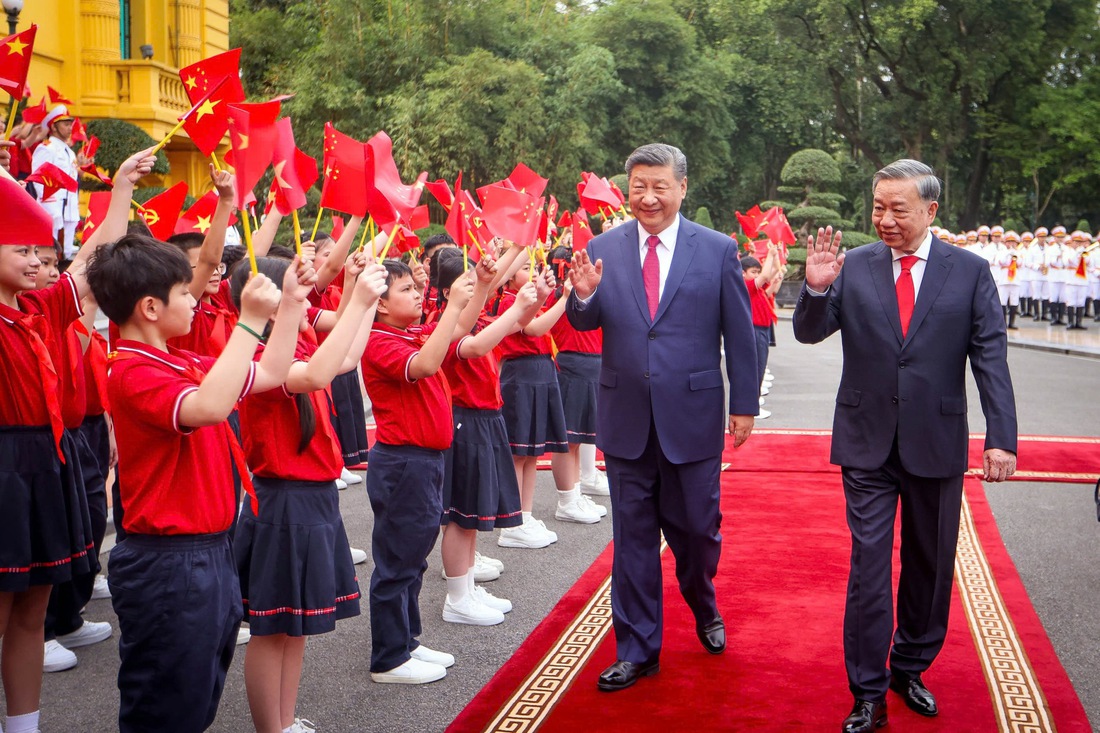
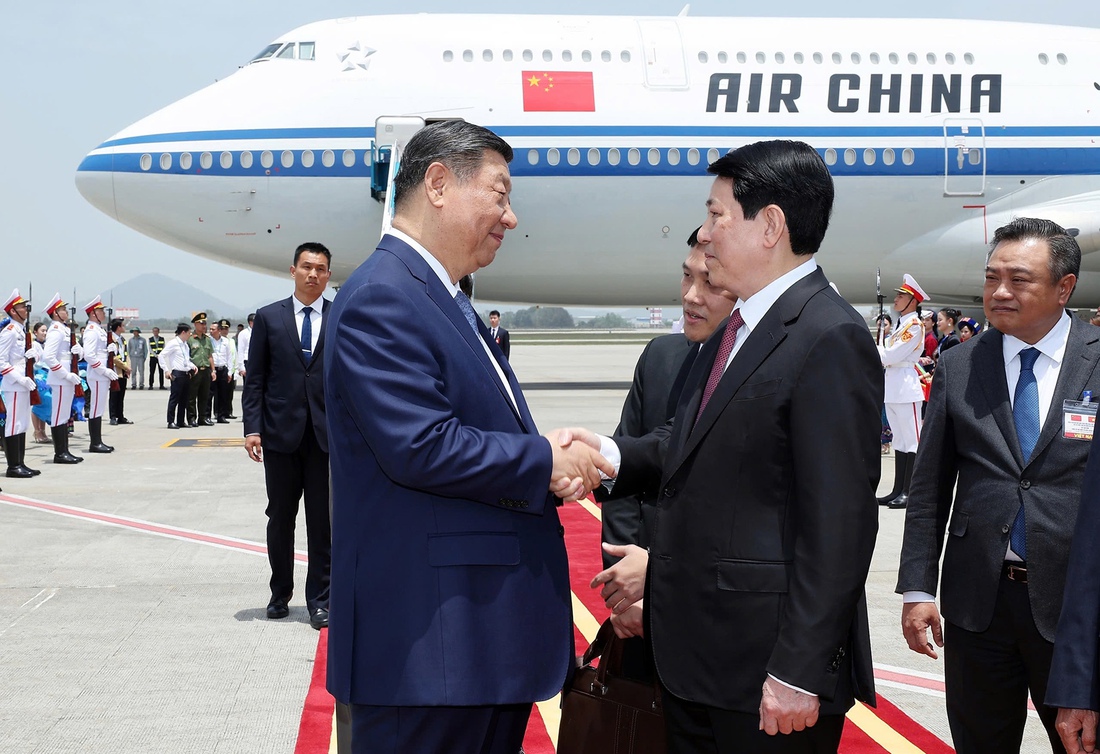
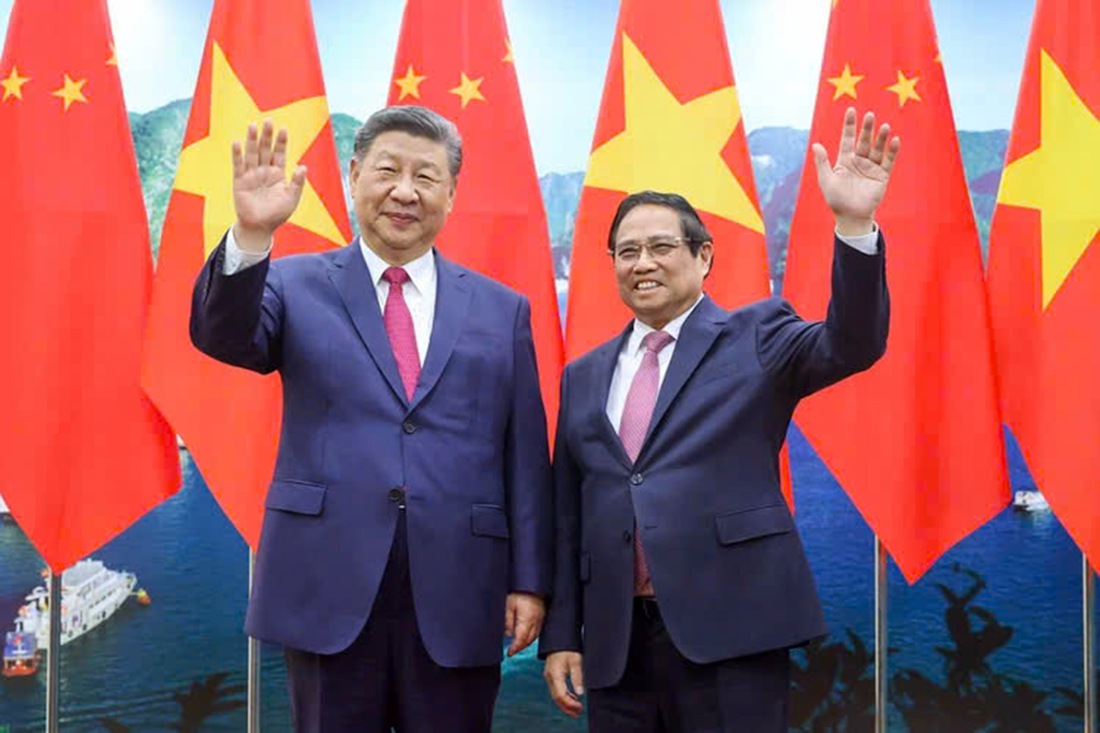
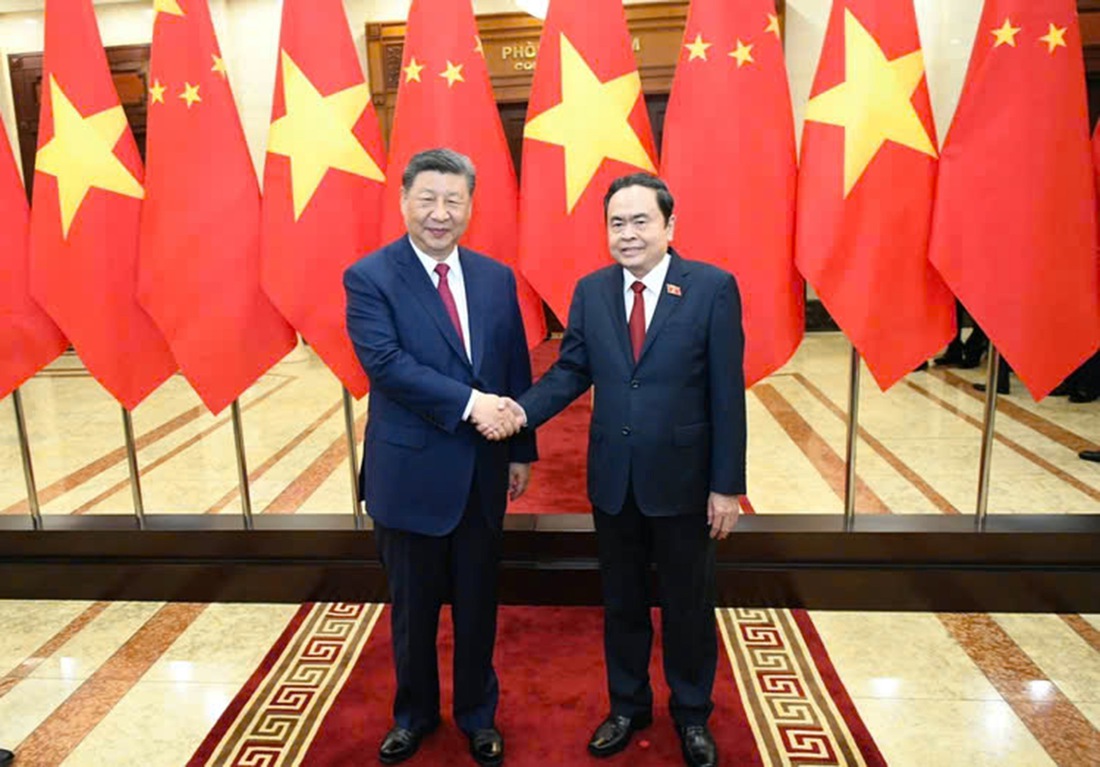
![[Photo] Prime Minister Pham Minh Chinh chairs meeting on railway projects](https://vphoto.vietnam.vn/thumb/1200x675/vietnam/resource/IMAGE/2025/10/23/1761206277171_dsc-9703-jpg.webp)
![[Photo] Prime Minister Pham Minh Chinh meets with South African President Matamela Cyril Ramaphosa](https://vphoto.vietnam.vn/thumb/1200x675/vietnam/resource/IMAGE/2025/10/23/1761226081024_dsc-9845-jpg.webp)
![[Photo] President Luong Cuong holds talks with South African President Matamela Cyril Ramaphosa](https://vphoto.vietnam.vn/thumb/1200x675/vietnam/resource/IMAGE/2025/10/23/1761221878741_ndo_br_1-8416-jpg.webp)



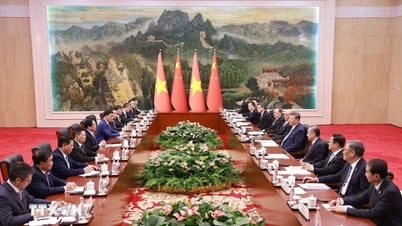

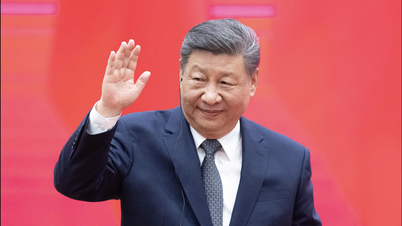

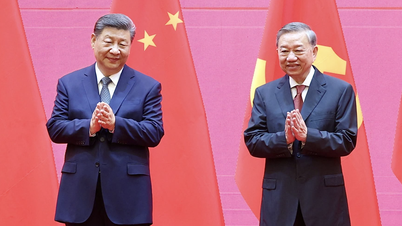
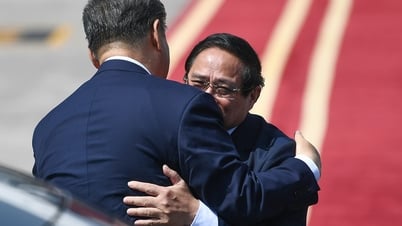
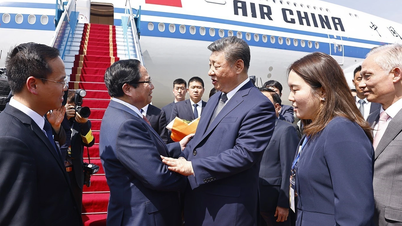



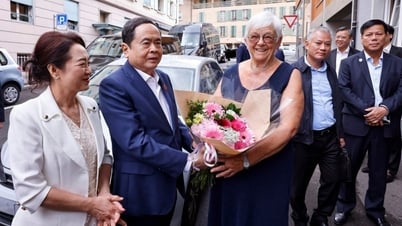


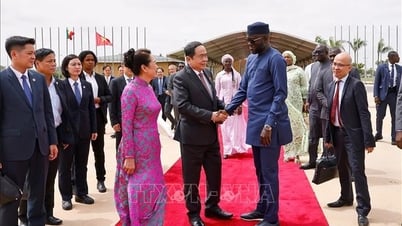

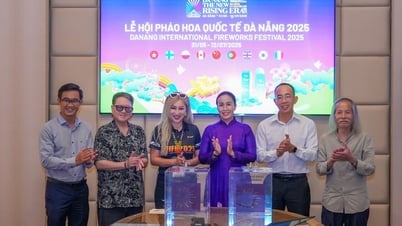










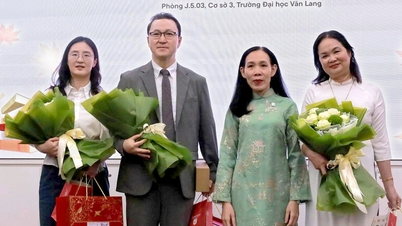



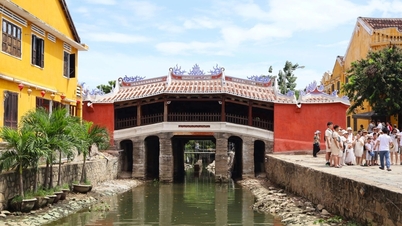


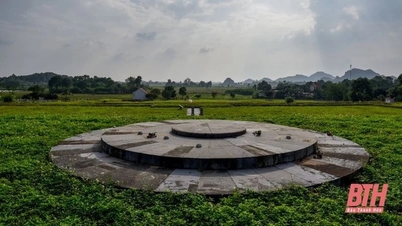






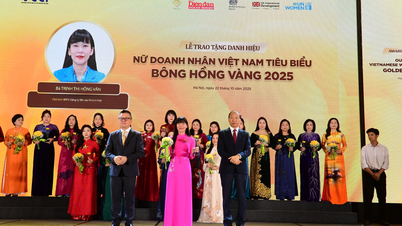

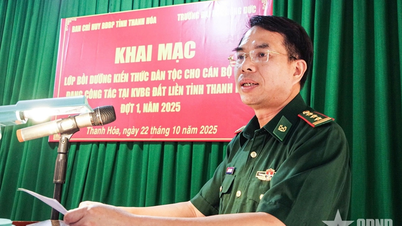





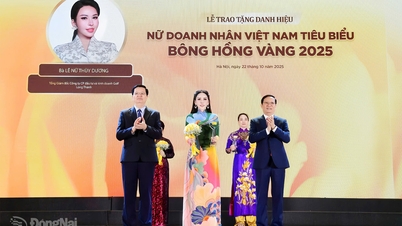

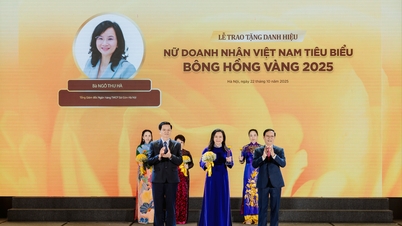

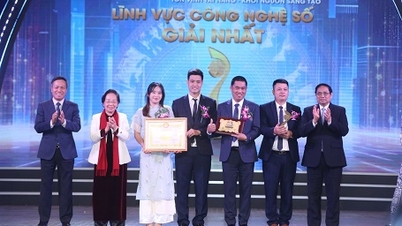
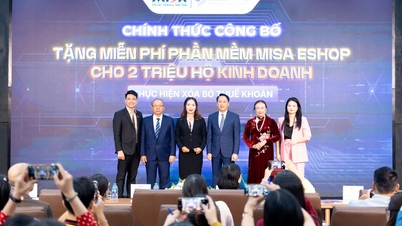

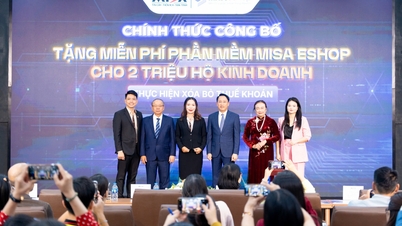
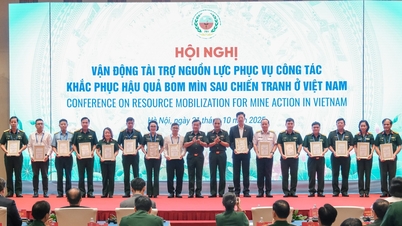






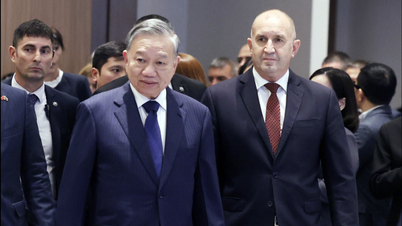
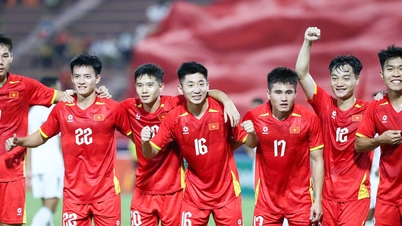


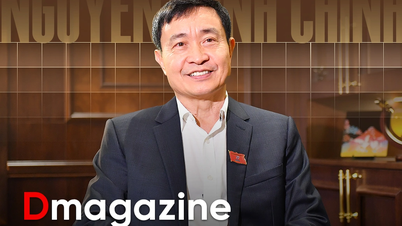


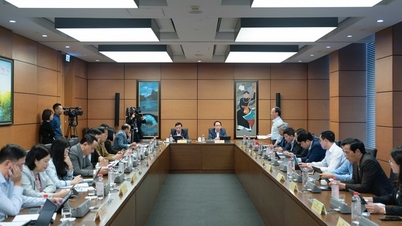

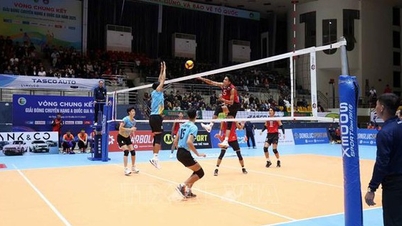


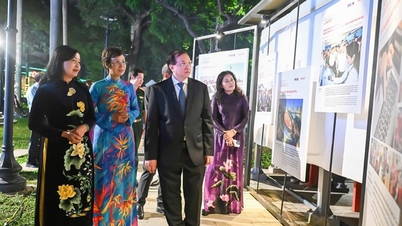
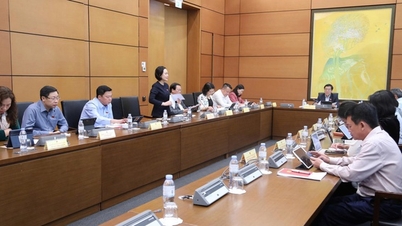
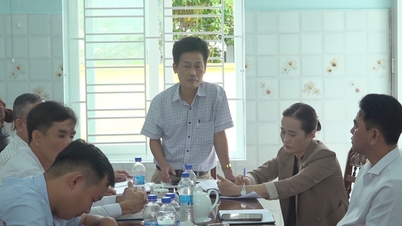

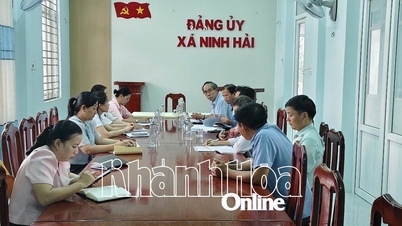
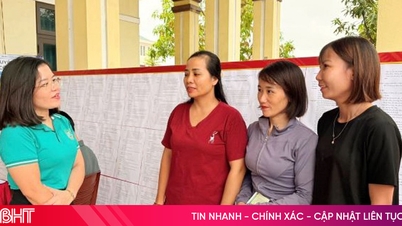

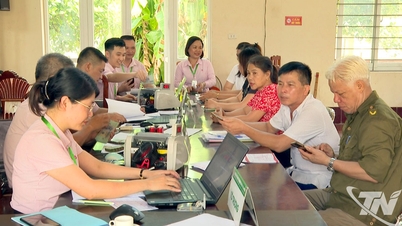

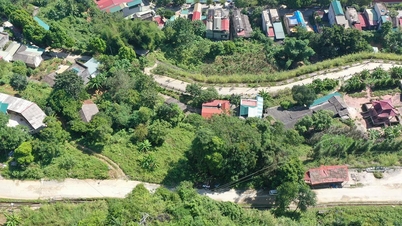

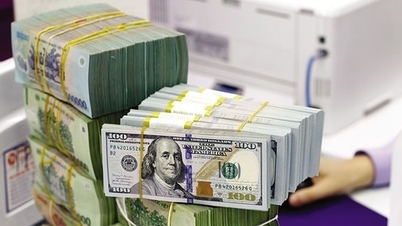
















Comment (0)